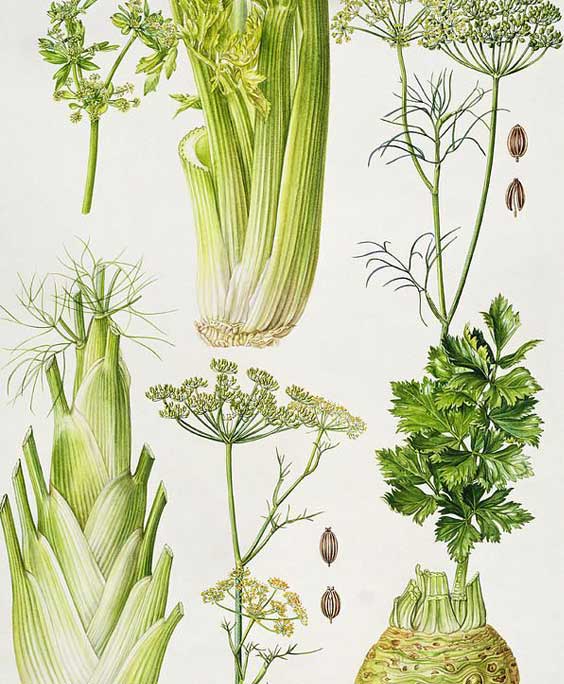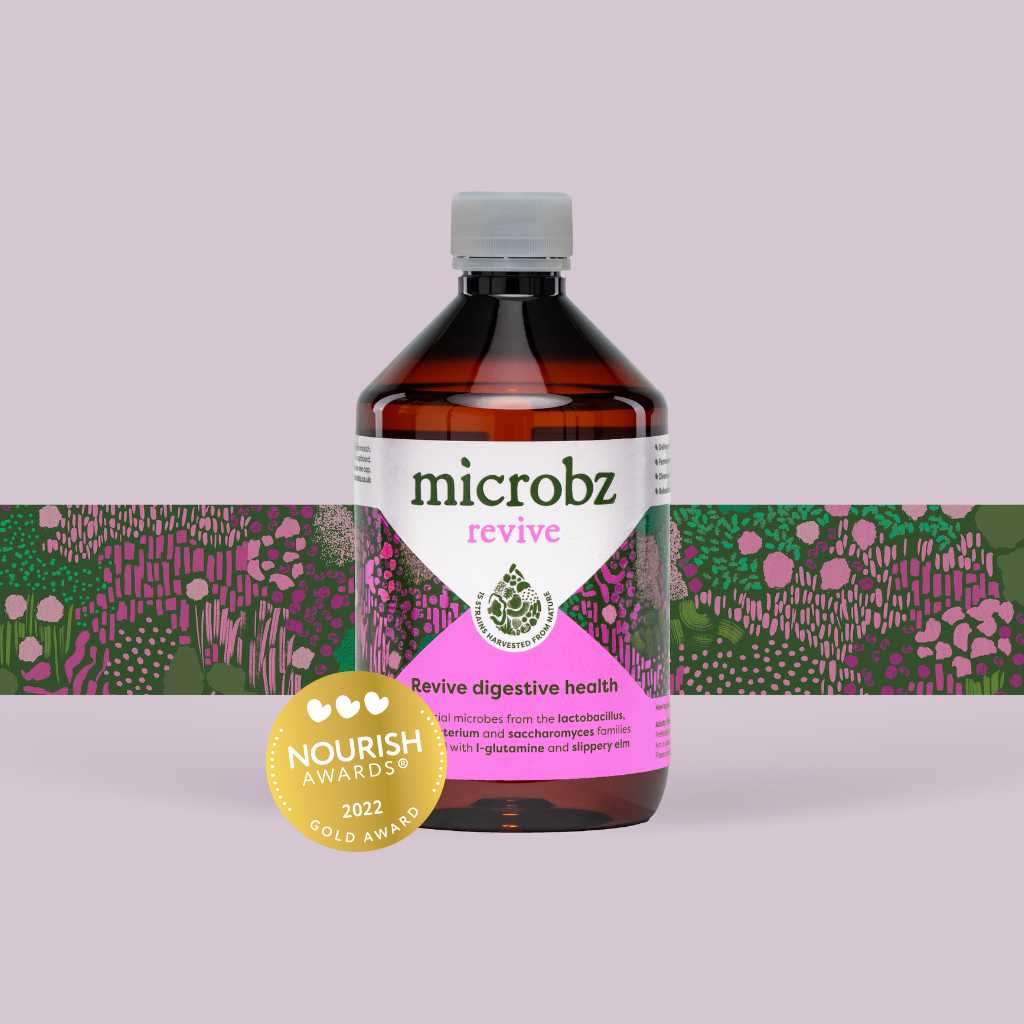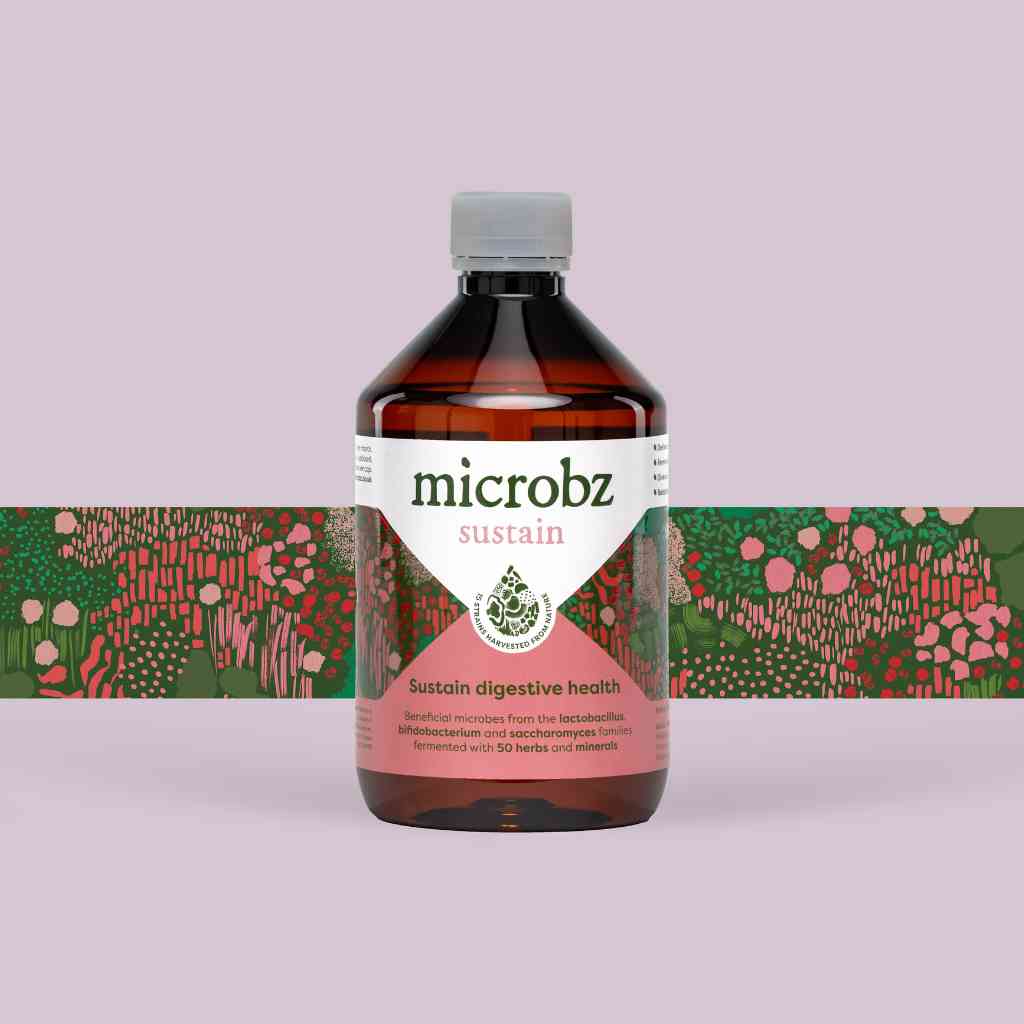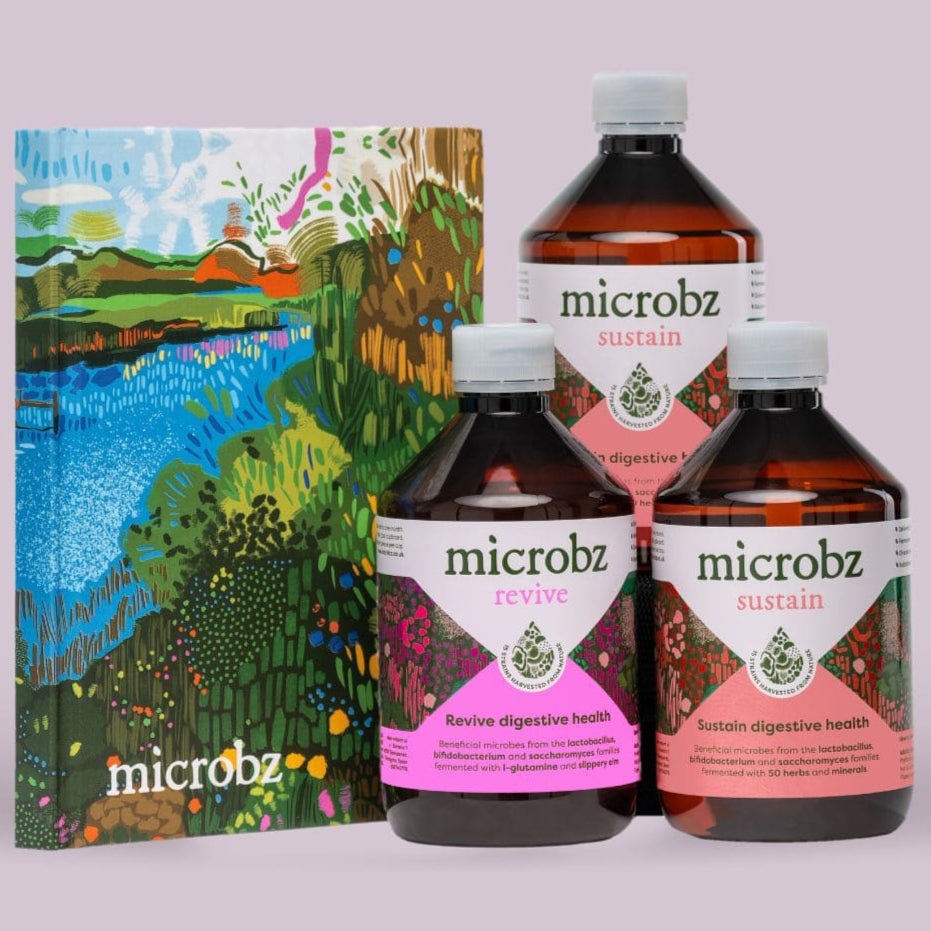Celery
Apium graveolens

Family: Apiaceae/Umbelliferae
Which probiotic is it in?:
Habit and cultivation: Native to Southern Europe and naturalised to some areas of Australia and New Zealand. This herb grows wild in salt rich salt marshes. From seed it flourishes in open sunny spots but likes adequate water.
Actions (known for): Anti-inflammatory (muscular-skeletal), anti-inflammatory (urinary), anti-rheumatic, antiseptic (urinary), diuretic, hypoglycaemic, sedative.
History of Celery
Parts used from the Celery
The seeds.
Constituents (bio available chemicals):
Beta-selinene (essential oil), alkaloids, apigenin, apiol (essential oil), bergapten (bitter furanocoumarins), coumarins, fixed oil, isoquercitrin (flavonoid), limonene (essential oil), luteolin, phenolic acids, phthalides.
Nutritional constituents:
Vitamins: A, B2, B6 and C. Minerals: copper, calcium, phosphorus and sodium.
Indications:
Arthritis, cystitis, gout, oedema, rheumatism. Indigestion and colic.
Dosage:
Liquid extract (1:2): 20-40ml per week. Decoction: 0.5-2g 3 x daily.
British Herbal Pharmacopoeia
Rheumatism, arthritis, gout, inflammation of the urinary tract. Specific: Rheumatoid arthritis with mental depression.
Cautions for therapeutic doses
Contra indication: Kidney disease, pregnancy. Avoid seeds sold for horticultural use as they are usually treated with fungicide. Not to be used in conjunction with UV therapy or tanning booths.




